If you’re here, it means you’re either concerned about the growing population or considering building your own underground house. Either way, this article is for you. With the earth’s population rapidly increasing, it’s easy to feel like our planet is becoming too small to accommodate everyone.
As the population grows, water, air, land, and natural minerals become scarce, leading to resource scarcity, environmental degradation, climate change, and a sustainability crisis.
One effective solution to address these challenges is building underground houses. These homes are energy-efficient, water-conservative, naturally ventilated, and reduce environmental impact, bringing us closer to nature. This article explores the 13 best underground homes and explains why subterranean houses represent the future of sustainable living.
Exploring Underground House Plans
Underground house plans exemplify innovative approaches to sustainable living, integrating homes seamlessly into natural landscapes. Explore our comprehensive collection of underground house plans designed to blend seamlessly with natural landscapes, offering sustainable and efficient living solutions. These designs harness the earth’s insulation for energy efficiency, provide protection from weather extremes, and minimize environmental impact. With advancements in construction technology and a growing emphasis on eco-friendly living, underground houses offer a blend of resilience and comfort, showcasing a harmonious fusion of architecture and nature.
Earth-Sheltered Homes
As the name suggests, these houses use the earth as their shelter. Typically built at ground level, they have soil bermed around them. Beyond their unique appearance, they leverage the earth as a natural thermal control system. Earth-sheltered houses are in perfect harmony with nature, with their temperature rising and falling in sync with the earth’s surface. Earth-sheltered homes, a subset of underground house plans, offer sustainable living solutions by integrating
Since the house is enveloped by the earth, it stays warm in winter and cool in summer, significantly reducing air conditioning and heating costs. In crowded neighborhoods, finding a tranquil environment can be challenging, but earth-sheltered houses provide a peaceful retreat, making them truly unique.
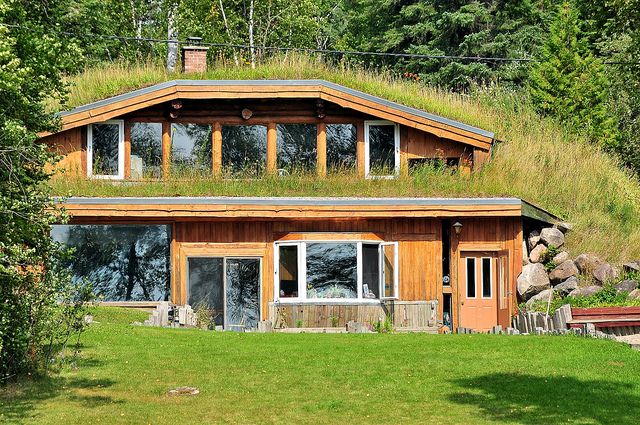
Hobbit Houses
“Hobbit” means “Hole-Dweller.” These houses are typically built into hillsides or entirely covered with plants and shrubs, blending seamlessly with nature. They are highly energy-efficient, constructed primarily from natural materials. The Hobbit Houses, with their charming designs and cozy atmospheres, are perfect examples of innovative Underground House Plans that blend seamlessly with nature.
It offers resilience against man-made disasters like nuclear attacks and bombs, as well as protection from extreme temperatures and harsh weather conditions. Maintenance is minimal because of its integration into the mountain, primarily constructed from stone and wood. Hobbit houses prioritize natural elements over man-made materials, and their smaller size reduces the need for extensive cleaning and repairs.
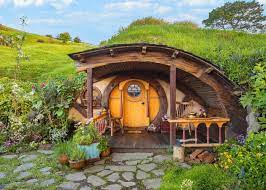
Bunker Houses
Bunker houses, also known as reinforced underground shelters, are natural havens due to their high resistance to natural disasters such as tornadoes and thunderstorms. They often outlast conventional houses by centuries, offering eco-friendly durability. Bunker Houses, designed with meticulous Underground House Plans, offer a secure and innovative solution for those seeking both safety and modern subterranean living.
Constructing a bunker house may strain your finances initially, but over time, it proves cost-effective. The reduced need for artificial cooling, heating, cleaning, and repairs leads to long-term savings.
However, conducting a soil test is essential before beginning construction on a bunker house. In some regions, elevated levels of radon gas in the soil can pose health risks. Additionally, it’s crucial to verify measures such as waterproofing and insulation to ensure safety and functionality.

Moat House
Moat houses belong to the category of subterranean houses. They feature water-filled ditches surrounding the area, providing protection against natural disasters such as heavy rain and floods. Additionally, they offer a substantial water storage capacity, ensuring a reliable water supply without dependence on electricity for pumping. The Moat House, with its unique blend of modern and medieval architecture, offers a captivating collection of underground house plans that cater to both aesthetic and practical needs.
These houses are constructed below ground level, partially or completely surrounded by earth. They share similar advantages with underground houses, including energy efficiency and natural insulation.
Most importantly, being surrounded by water provides a sense of privacy and shields your house from prying eyes. The moat effectively blocks out noise, creating a serene and peaceful environment.
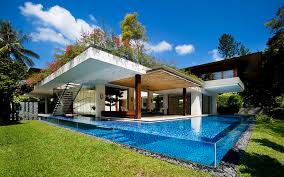
Invisible Houses
An invisible house is technically distinct from both underground and subterranean houses. While it is built below ground level and partially surrounded by earth, it shares similarities with other close-to-nature homes due to its advantageous features.
Invisible houses appeal to individuals seeking solitude from society or those who desire attention, offering the ability to achieve both simultaneously.
Invisible houses derive their name from their seamless integration with nature. These homes often use materials like glass and mirrors to blend into their surroundings, typically situated on hillsides or within forests for optimal camouflage. Invisible houses cater to specific preferences, appealing most to those who prioritize style and sustainability in their living spaces.
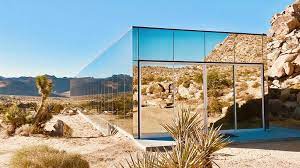
Cave House
Cave houses refer to living beneath the earth’s surface, whether in a natural cave or a man-made structure. People often choose cave houses to minimize environmental impact. They are significantly more economical than conventional homes, with low building and maintenance costs.
Cave houses are typically found in mountainous regions, offering natural ventilation and a serene environment. They are designed to efficiently collect rainwater, enhancing their eco-friendliness. In addition to comfort, cave houses provide privacy and security.
All you need to do is locate an ideal spot that is safe from natural disasters like floods and tornadoes. Then, find a contractor who can construct an economical yet sustainable cave house according to your specifications.
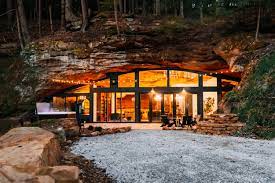
Desert House
Desert houses are typically built partially or entirely below the earth’s surface to maximize insulation provided by the natural surroundings. This design helps insulate the house effectively, reducing reliance on electrical resources.
Like other underground houses, desert houses are designed to store a significant amount of water, ensuring a reliable water supply. During summer, while others endure scorching temperatures above ground, these homes offer a cool retreat. Additionally, they provide protection from harsh elements like strong winds, heavy rain, and dust.
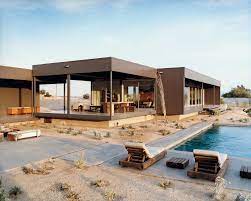
Tropical Houses
Tropical houses are not limited to being underground; they can be built above ground, below ground, or partially submerged. They are included on this list due to their use of materials that encourage natural airflow and cool breezes in tropical climates.
Tropical houses are typically constructed above ground level and feature numerous windows and doors to maximize sunlight and prevent dark interiors. Building the ideal tropical house depends largely on the architect, who must design according to the specific climate and location. Various types of tropical houses include above-ground, underground, and semi-underground configurations.
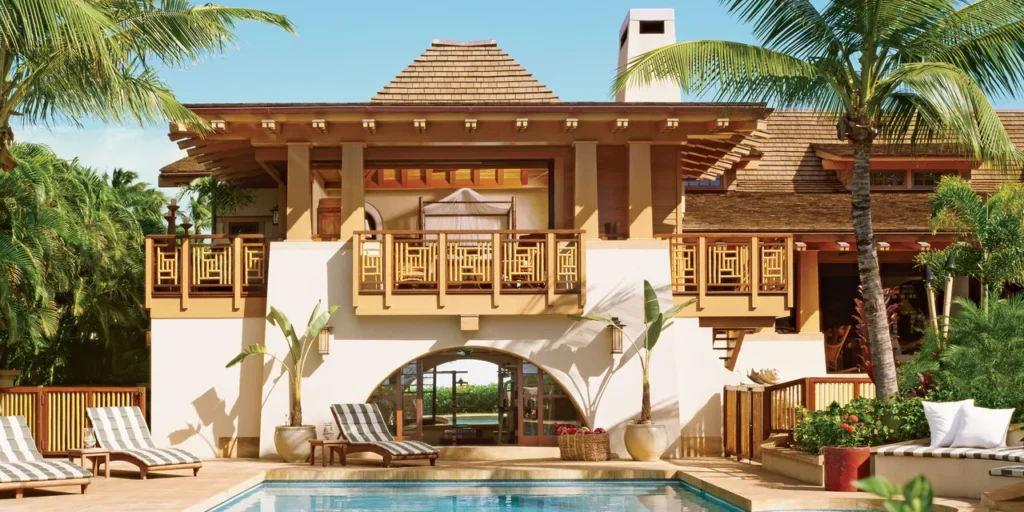
Underwater Houses
Underwater houses, a type of underground dwelling, are constructed beneath bodies of water using materials like concrete, steel, and acrylic. These homes offer distinct advantages over traditional above-ground structures, as they are shielded from heavy wind, rain, dust, and heat, utilizing the natural properties of water as insulation.
A highlight of underwater houses is the stunning view they offer, connecting residents to the underwater world away from noisy surroundings, traffic, and unwanted visitors.
However, underwater houses are vulnerable to floods and certain natural disasters, and they can deteriorate over time. Constructing an underwater house can be costly and requires a skilled contractor. Despite these challenges, with proper preparation and effort, once completed, you can enjoy its unique benefits for years to come.

Treehouse
A treehouse is not classified as an underground house. Instead, it is uniquely constructed atop a tree or on a hillside, entirely above the earth’s surface. Typically built using materials such as steel, concrete, and wood, it stands apart from traditional ground-level dwellings.
Treehouses have disadvantages such as susceptibility to damage and lower durability. However, they offer advantages such as ease of construction and cost-effectiveness.
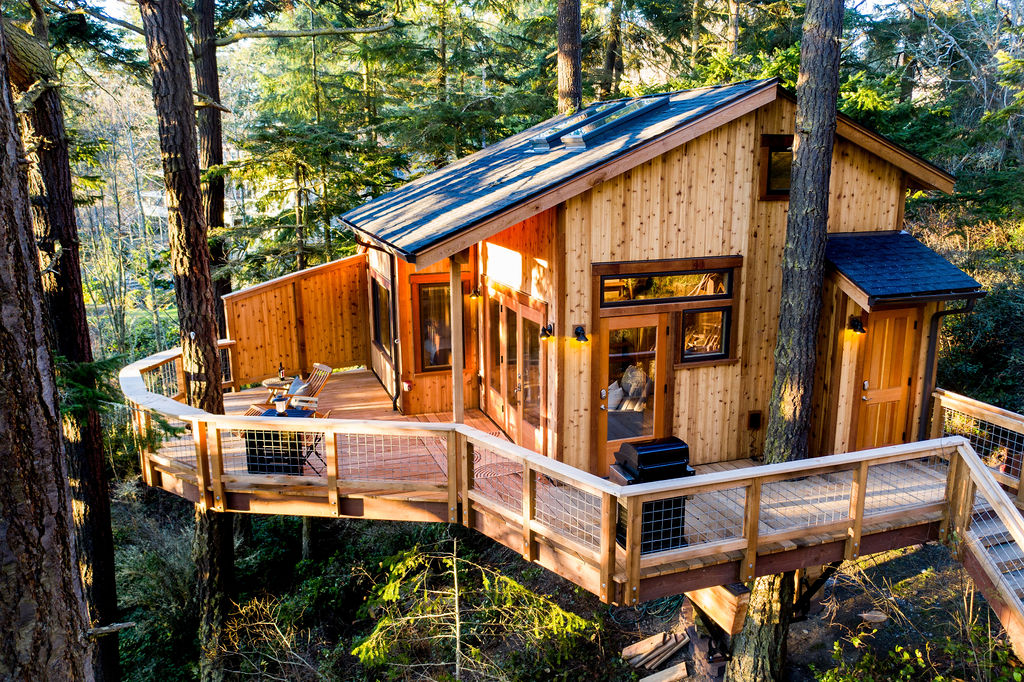
Arctic Houses
Some Arctic houses can be classified as underground houses, as they are constructed either entirely or partially below ground level. These homes are typically built using materials like whalebone, ice, steel, and concrete, leveraging natural insulation. Arctic houses provide protection from harsh weather conditions such as heavy rain and strong winds, which are common in Arctic regions.
One type of underground house is the snow house, constructed by stacking ice. However, they are not very durable. Houses made from whalebone offer excellent insulation but are prohibitively expensive and uncommon compared to traditional houses.

Mountain Houses
Some mountain houses, not all, could be classified as underground houses. They offer several benefits including a sense of security, privacy, protection from the elements, and insulation. They can also be cost-effective because much of the structure is excavated into the cave, and they reduce electricity costs by utilizing ample sunlight.
Nevertheless, there are drawbacks to consider, such as the high construction costs, challenges in accessing the house, the requirement for specific materials suitable for mountainous terrain, and increased maintenance due to the damp conditions that can lead to mold and algae growth.
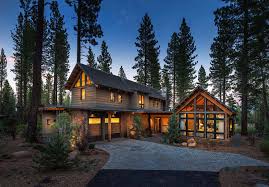
Beachfront homes on the ocean
Oceanfront homes are constructed beneath the earth’s surface, accessed via stairs or tunnels. They offer numerous advantages, such as shelter from the elements, privacy, and breathtaking views of the sea.
However, it can be elusive due to the high construction costs associated with building underground. Subterranean houses can also be challenging to access if located in remote or hard-to-reach areas. Additionally, moisture in the air can impact the house’s environment.
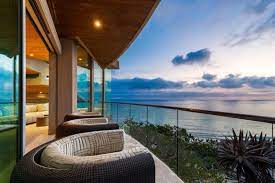
Conclusion
These 13 innovative underground house plans offer practical and creative solutions for building harmoniously within natural environments. Each design emphasizes sustainability, efficiency, and integration with the surrounding landscape, promising a blend of modern comfort and environmental sensitivity for adventurous homeowners.







